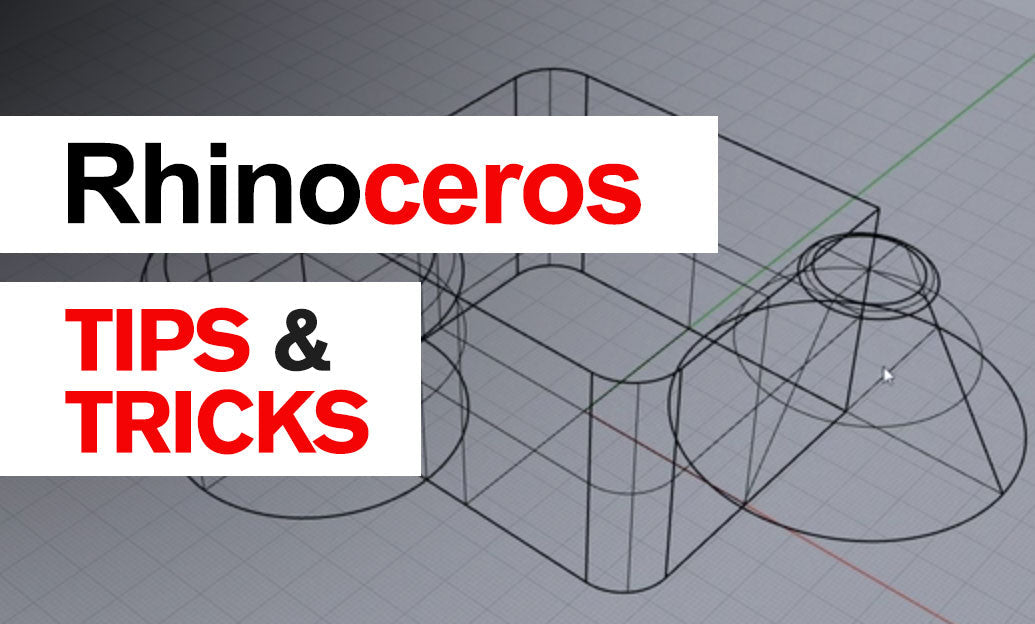Your Cart is Empty
Customer Testimonials
-
"Great customer service. The folks at Novedge were super helpful in navigating a somewhat complicated order including software upgrades and serial numbers in various stages of inactivity. They were friendly and helpful throughout the process.."
Ruben Ruckmark
"Quick & very helpful. We have been using Novedge for years and are very happy with their quick service when we need to make a purchase and excellent support resolving any issues."
Will Woodson
"Scott is the best. He reminds me about subscriptions dates, guides me in the correct direction for updates. He always responds promptly to me. He is literally the reason I continue to work with Novedge and will do so in the future."
Edward Mchugh
"Calvin Lok is “the man”. After my purchase of Sketchup 2021, he called me and provided step-by-step instructions to ease me through difficulties I was having with the setup of my new software."
Mike Borzage
Rhino 3D Tip: Maximize Rendering Efficiency with Rhino 3D's Material Editor: A Comprehensive Guide
November 03, 2024 2 min read

Navigating through Rhino’s Material Editor can significantly enhance your rendering outcomes and material management efficiency. This tip will guide you through key functionalities to maximize your use of the Material Editor in Rhino 3D, ensuring your designs are both visually stunning and technically accurate.
Understanding the Basics
-
Accessing the Material Editor: You can open the Material Editor by typing
MaterialEditorin the command line or by clicking on the Materials panel in the interface. - Types of Materials: Rhino supports various material types such as Basic, Plastic, Metal, and more. Choose the one that best suits your project's requirements.
Creating and Editing Materials
- Creating a Material: Click on the New Material button. You can start from scratch or use a preset for quick setup.
- Editing Properties: Adjust properties such as color, gloss, transparency, and reflectivity to match your design intent and achieve the desired visual effect.
Assigning Materials
- Drag and Drop: Easily apply materials to objects by dragging and dropping them from the Material Editor onto the desired object within the viewport.
- Material Assignment Panel: Use this panel for more detailed assignment options, allowing you to apply materials at a sub-object level.
Utilizing Textures and Mapping
- Adding Textures: Enhance materials by adding textures. Click on the texture slot within the Material Editor and select your desired texture file.
-
Mapping Controls: Adjust the mapping to ensure textures fit your model accurately. Use
UVW Unwrappingfor complex surfaces.
Material Libraries and Organization
- Library Management: Organize materials in libraries for easy access and reuse across different projects. Import libraries by clicking on the Import option in the Material Editor.
- Material Naming: Use descriptive names for your materials to keep your projects organized and streamline your workflow.
Integration with Rendering Engines
Rhino’s Material Editor is compatible with various rendering engines. Ensure your materials are optimized for the specific renderer you are using, such as V-Ray or Brazil, for the best rendering results.
By mastering the Material Editor, you can significantly enhance your design's visual quality and accuracy. For more tips and support on using Rhino 3D, consider visiting NOVEDGE, a hub for professionals seeking to elevate their 3D modeling skills.
You can find all the Rhino products on the NOVEDGE web site at this page.
Also in Design News

💎 Rhino Artisan Arrives in Turkey: Revolutionizing Jewelry Design
February 27, 2025 1 min read
Read More
ZBrush Tip: Mastering Curve Surface for Unique Textures in ZBrush
February 27, 2025 2 min read
Read MoreSubscribe
Sign up to get the latest on sales, new releases and more …



